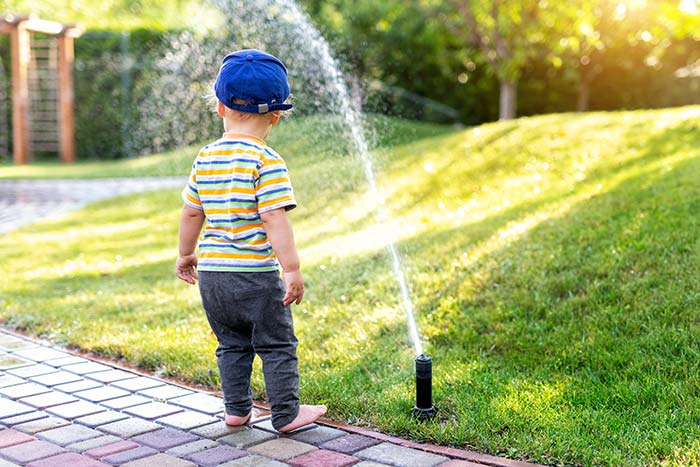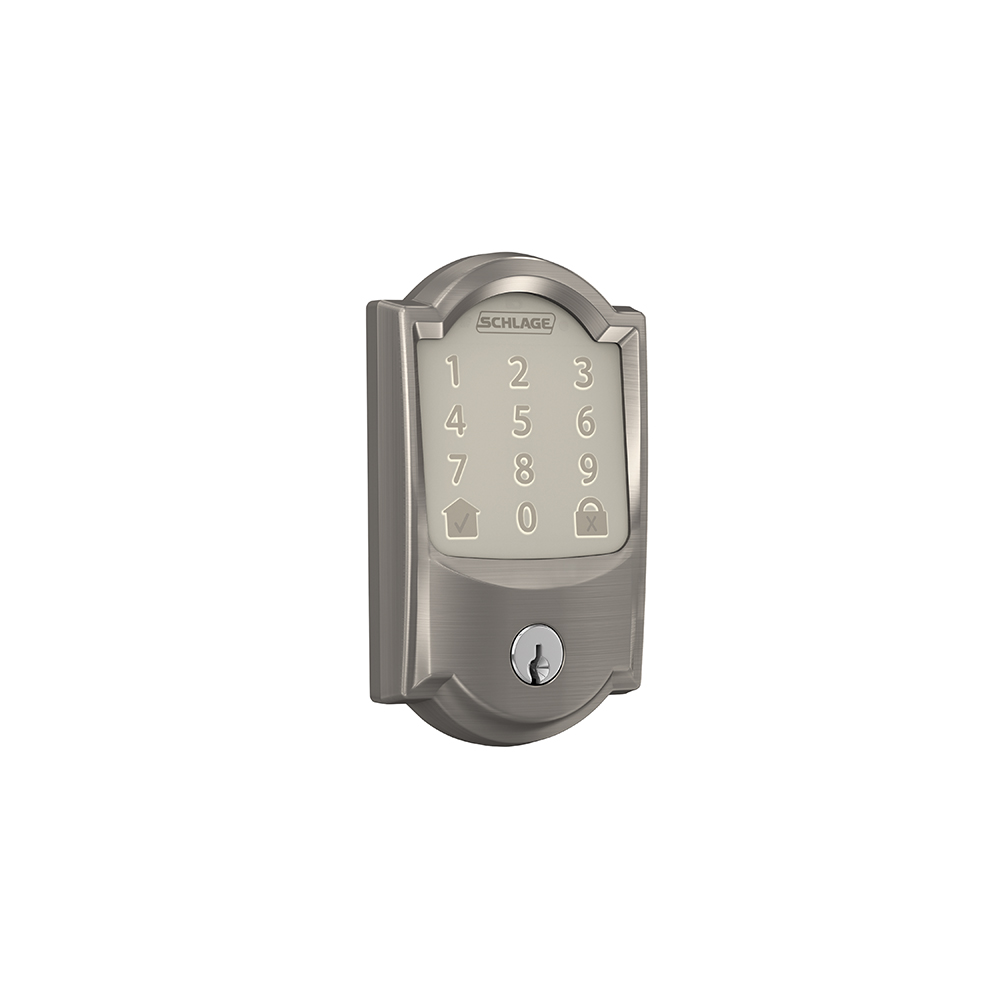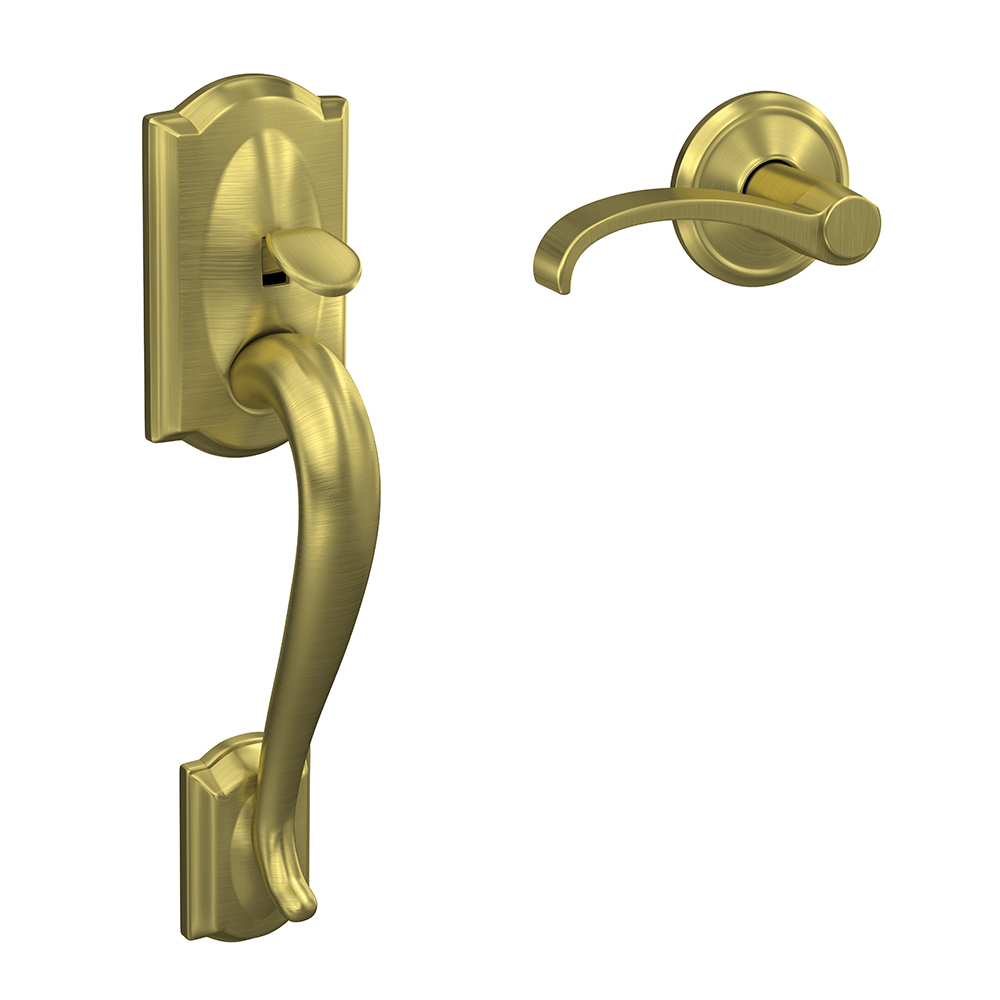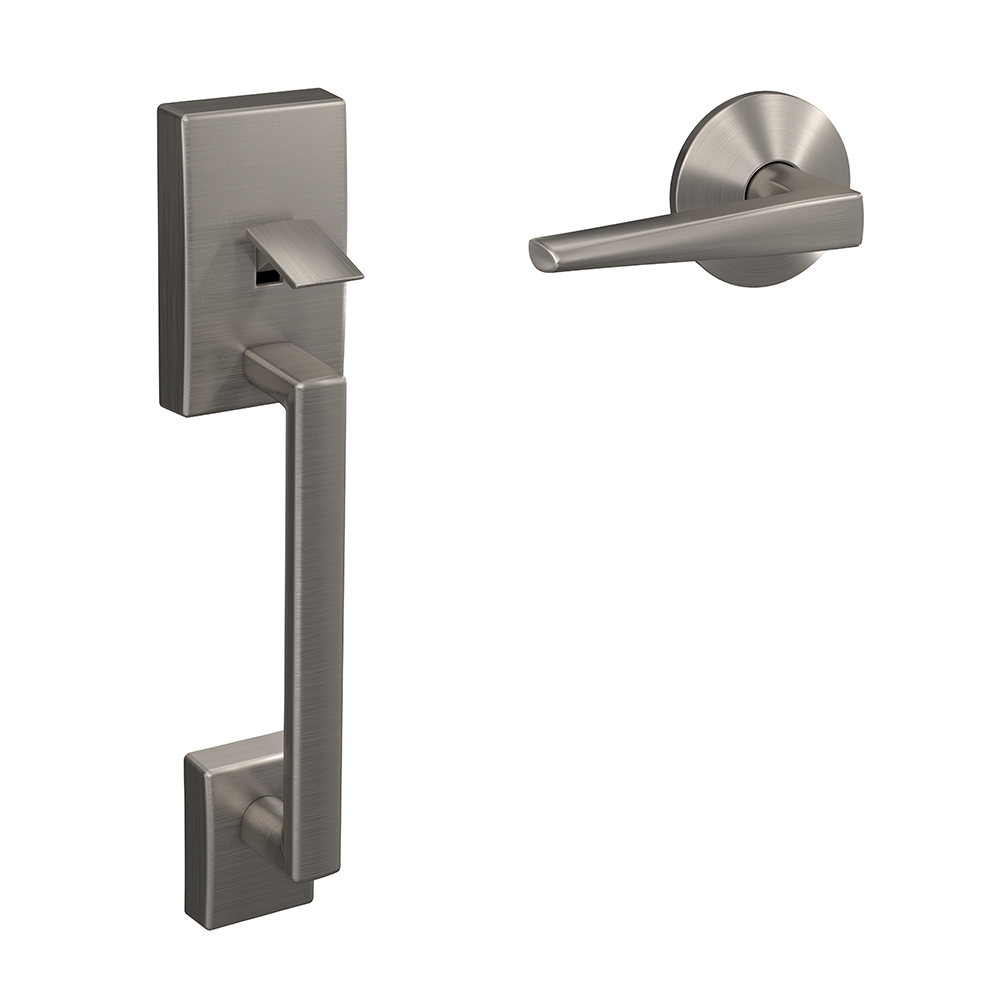7 ways to conserve water outdoors for a healthy yard.
Wednesday, June 15, 2022
If you’re looking to reduce your water bill or be more sustainable, use these tips for conserving water in your lawn and garden.

Know how to care for your lawn
Keeping your grass green can be a major, and thirsty, undertaking depending on where you live. To save water on your lawn, choose the right kind of grass for your region. Some varieties require more water than others. You might even choose to skip the grass or limit it. Instead of seeding your entire yard, install a patio or deck to minimize your lawncare. You could also swap out the grass for gravel or pebbles in part or all of your yard like you often see in the Southwest.
When mowing your grass, do so less frequently and don’t cut it quite so short. With longer grass, you give the root system a chance to dive deeper. That should help it stay green longer without you running the sprinklers all the time.
Keep an eye on irrigation
Speaking of sprinklers, you have lots of ways to be smart about your irrigation and conserve water. First, try an automated irrigation system. It could be as basic as setting it on a timer so that you don’t (wastefully) overwater your plants. For a more sophisticated route, choose a connected sprinkler. Many of these now connect to the internet and can pull weather data for your region. If rain is in the forecast, it will automatically stop watering your garden until it’s needed again. These smart sprinklers also have other features that help you monitor water usage, so you can be even more environmentally friendly.
If you’re more into traditional watering methods, try rain barrels, which let you recycle what nature already provides, or drip irrigation. Drip irrigation has an additional benefit in that it makes sure you’re watering the soil, not the leaves of your plants. This is a good tip to remember when you’re using a watering can on your container plants, too. Dousing the leaves doesn’t get the water where it’s needed most. Plus, moisture on the leaves can often cause them to get moldy and rot.
When you run your irrigation is important, too. In the middle of the day when it’s hottest means more water will evaporate before it reaches your plants’ roots. Aim to water your garden later in the day when it’s cooler, even after the sun goes down.
Choose plants that use less water
Just like you want to choose the right grass for your lawn, the plants you choose for your garden can dramatically affect your water usage. Native plants often require less watering because they’re naturally suited for your climate. Trying to keep ferns hydrated enough to survive in an arid climate is next to impossible without constant watering.
You can also choose low water-use plants. Some varieties are more resistant to droughts naturally. These typically include plants with silver leaves – silver reflects sunlight more than green – or with small, hairy leaves, which hold on to moisture longer. Need some ideas? Think succulents or Purple Russian sage, for example.
Mulch for moisture retention
Ground cover can help keep your soil moist as well. Mulch is a common method. It simply reduces the amount of water that evaporates back into the air. You can also use permeable gravel or pebbles.
Your compost can do wonders in this department, too, especially if your soil is naturally sandy or has lots of clay. The compost helps improve drainage so that water can reach plant roots as well as adds important nutrients to keep greens extra healthy.
Hardscape to be easy on the environment
What is hardscaping? According to The Spruce, hardscaping is “all of the non-living elements in landscaping, such as a brick patio, a stone wall, or a wooden arbor.” It can also be your driveway, a bench or brick pavers. When it comes to conserving water, choose permeable building materials. Pavers that let rain water drip through to the underlying soil, for example, will help keep your yard healthy and reduce unnecessary rain runoff.
Container gardens skirt the boundary between hardscape and softscape – the living elements of your yard. The material you choose for your plant containers can influence how much watering you need to do. Terra cotta is always a classic, beautiful option. Because the baked clay material is porous, the soil may dry out more quickly than if you use plastic pots, however. That’s not always a bad thing depending on your climate and the type of plant, but take water needs into consideration when deciding how to build a container garden.
Be wise with water features
Fountains are a great way to add visual interest to your garden as well as the soothing sounds of flowing water. Unfortunately, they can also be total water hogs. There are ways that you can have your favorite water feature without doing major damage to the environment, though.
First, pick a cool location for your fountain. Place it in the shade of your home, under a tree or surrounded by tall vegetation. The warmer the water gets, the quicker it will evaporate and the more you’ll have to refill your fountain. Next, opt for a cascading fountain instead of one that sprays up. Again, this is about limiting evaporation. Also, the higher the spray, the more water will simply blow away in a breeze.
Finally, maintain your fountain. The same goes for ponds, pools and water spigots. Fix leaks, cracks and drips to keep them all running efficiently.
Recycle
Obviously, you can reuse rain water and thankfully, there are other ways you can recycle. Use the water from your home’s dehumidifier to hydrate your plants. You can also use leftover cooking water in some cases, like after you make pasta.
There are so many ways we can use our homes to improve water usage, be more energy efficient and do our part to help the environment. Get more ideas and tips at the Schlage blog, whether it’s bug-friendly DIY projects you can do with the kids, how to be green during your renovation or building a passive home.














